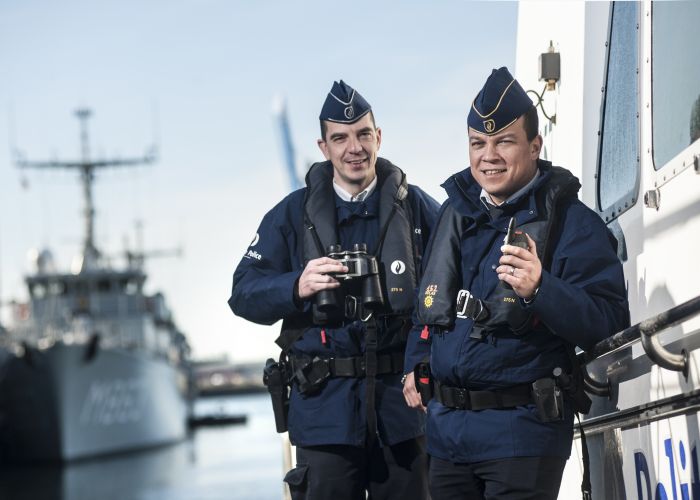
Radio communications
All emergency and security services use the ASTRID radio network - a national digital voice and data communication network that handles over two million radio contacts every day across Belgium.
Multi-agency
All emergency and security services communicate with each other within the common, national network. This means that the communication between the services is both efficient and safe.
Available and reliable
The capacity of the network is based on crisis situations. ASTRID offers nationwide radio coverage and monitors the quality of its network 24/7.
Your own network
ASTRID radio communications are possible within pre-programmed call groups. Indeed, every agency has its own network within the common national network.
Connection is superfast
A radio call can be established in less than 300 milliseconds. Furthermore, the voice quality is optimal, even in noisy environments.
Emergency and security services should be able to communicate with each other in a reliable and safe manner. ASTRID is able to provide the user with a digital radio communications network that is specifically designed to meet their needs and cater for all of the different players in the public safety sector.
Advantages of the ASTRID radio communications network
- Maximum confidentiality is possible thanks to the encryption of the communication and authentication of the radios
- Optimal sound quality
- Fast and reliable connections
- Enables group communications
- Voice and data communications
- Multi-agency
- Nationwide coverage
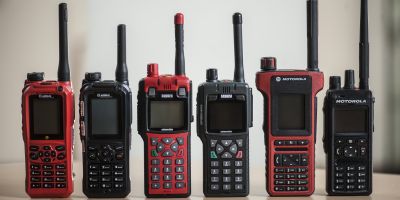
Terminals
To communicate over the ASTRID network, end users must have a radio. The ASTRID radio network has adopted the TETRA open communication standard. This means that telecommunications equipment manufacturers can develop terminal equipment for TETRA applications. ASTRID users are therefore able to choose from a wide range of devices by different brands from a number of suppliers.

Voice and data communications
The ASTRID radio network enables both voice and data communications. Properties and functionalities which are specific to each type of radio and ensure that information is transmitted smoothly and efficiently.
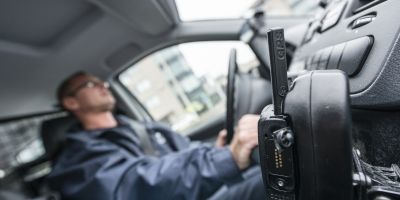
Framework agreement
In order to facilitate orders of radios by public safety services, ASTRID regularly organises framework agreements with the suppliers of end user equipment. In this connection, ASTRID organises a public tender so as to select a wide range of the best devices available on the market. End users no longer need to initiate a tender process when seeking to purchase equipment from a supplier under the framework agreement. In addition to significant time savings, they can also be certain that equipment meets all technical and operational conditions.
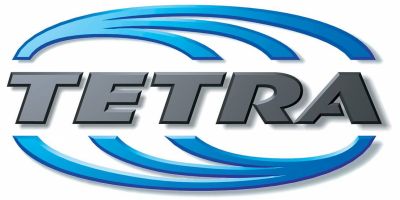
TETRA
ASTRID offers a radio network based on the TETRA standard. This is a network that functions in accordance with the trunking principle, whereby the capacities of radio users are assigned in accordance with their particular needs at the time. This means that frequencies are never reserved for a specific user. ASTRID uses the 380-400MHz frequency band which is exclusively reserved for emergency and security services in Europe.
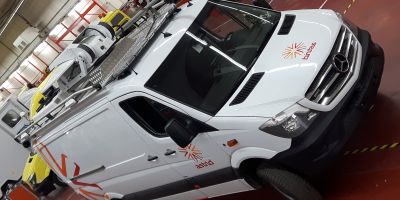
Mobile Technical Unit (MTU)
ASTRID has two mobile technical units (MTUs) that can temporarily expand radio coverage and capacity when a major incident occurs. An MTU is similar to a mobile base station installed on a vehicle.